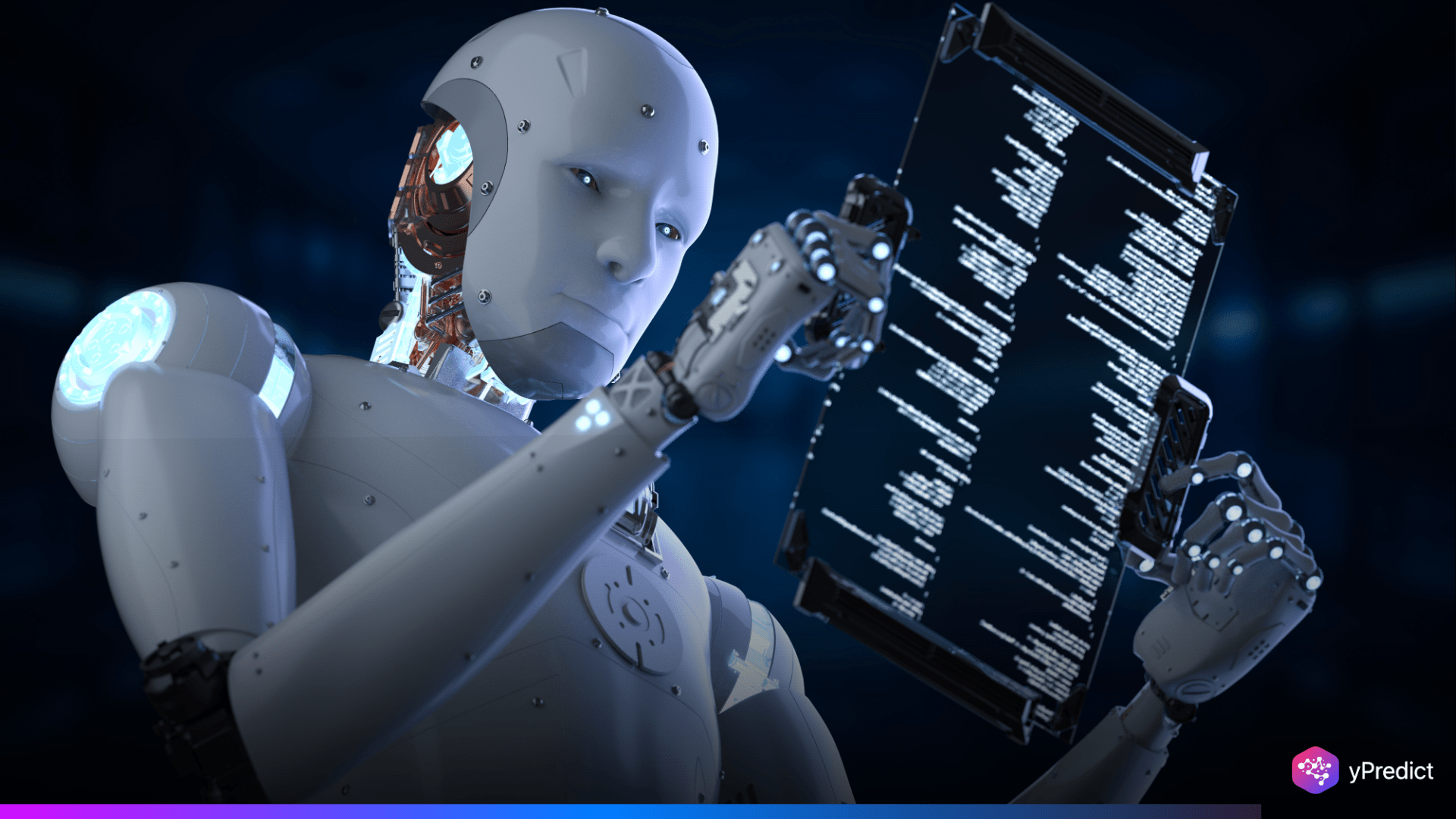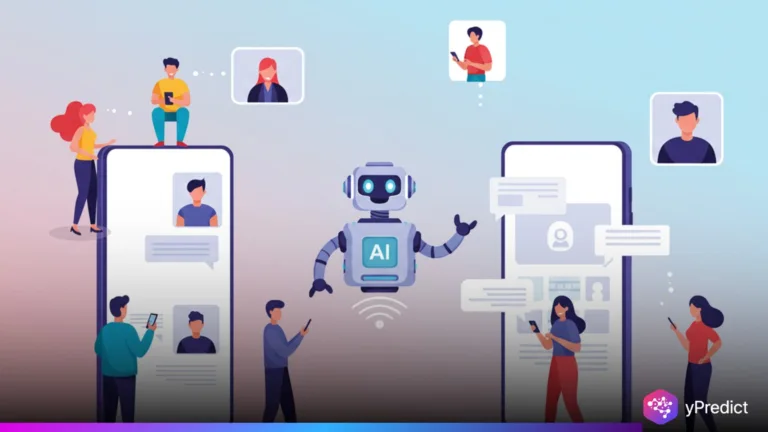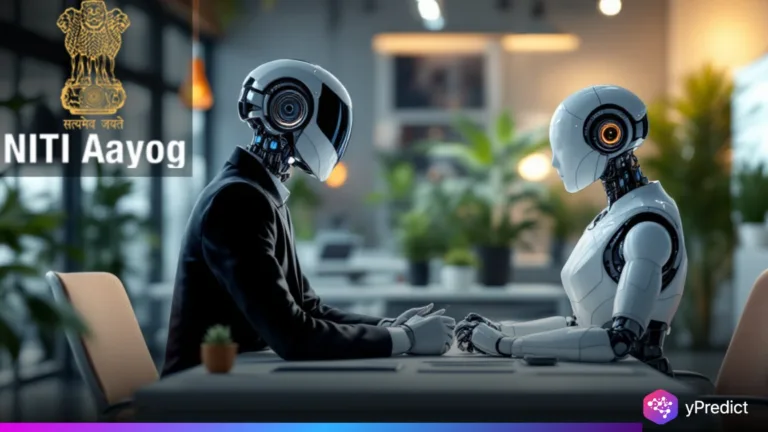
OpenAI has launched its enhanced AI image generator model, GPT-image-1, to developers via API, expanding the powerful tool initially introduced in ChatGPT. OpenAI, a company co-founded by Sam Altman, is moving forward with its goal of being a leader in AI advancements.
The company provides real-world use cases in design, education, gaming, and e-commerce. This release follows the model’s viral success in ChatGPT, which saw over 700 million images created in just one week. Now integrated through Microsoft Azure, GPT-image-1 is a major highlight in recent OpenAI updates.
OpenAI’s Visual Tech Goes Global via API
GPT-image-1 goes beyond standard generation by offering functions like inpainting, text-to-image prompts, and natural language-driven editing. The model supports a wide range of output styles and allows for extensive customization, from realistic renderings to stylized art.
Its advanced safety features include adjustable moderation levels and C2PA metadata stamping, enhancing responsible responses. This step aligns with broader OpenAI updates that emphasize ethical AI use while expanding accessibility.
Which Giants Are Using GPT-image-1 Today?
Top companies like Adobe, Figma, Wix, and Airtable are already integrating GPT-image-1 into their platforms. Figma allows in-platform visual editing through text instructions, while Adobe uses the model in Firefly and Express for diverse creative styles. Airtable enables marketing teams to remix and localize content at scale. These are some of the advanced AI innovations that are being implemented in various sectors.
The model powers YouTube thumbnails in OpusClip, and Quora has upgraded its image system with GPT-image-1. Companies like Instacart, Canva, and GoDaddy are experimenting with recipe visuals and logo generation. This demonstrates how broadly the AI image generator is being used.
Can AI Help Reimagine Creative Storytelling?
As the use of GPT-image-1 grows, new possibilities continue to emerge. GoDaddy explores editable social media visuals, while Instacart investigates recipe imagery generation. These cases represent a growing need for automated creativity in practical applications, an area where AI innovations shine.
The model’s ability to include legible text within visuals opens up even more creative use cases, from educational content to product design. Now, developers can apply these features using Microsoft Azure’s Foundry, reinforcing the role of OpenAI updates in enterprise-level creativity.
How OpenAI’s Flexible Pricing Makes AI Accessible
The pricing model is flexible, with $5 per million tokens for text input, $10 for image input, and $40 for image output. Depending on resolution, image generation costs range from $0.02 to $0.19. GPT-image-1 supports visuals up to 1536×1024 pixels. It enables developers to build products for diverse creative needs, ranging from children’s books to software UI design.
Developers can test and refine outputs through OpenAI’s API playground. With adjustable security settings, this tool offers flexibility for safe and responsible use. Additionally, its high-quality rendering aligns perfectly with current AI innovations and upcoming OpenAI updates.
Bottom Line: Is This the Future of AI Creativity?
The AI image generator is a key part of modern creative technology. With wide adoption across sectors, OpenAI’s latest release is poised to drive future innovation. As developers integrate GPT-image-1 into their tools, it sets a new benchmark in digital content creation.
AI innovations continue to shape how we create and communicate. The role of AI in building new solutions is expanding rapidly. As the ecosystem grows, the model’s impact will be seen across industries like education, gaming, and e-commerce. With ongoing improvements, the future of AI-generated content is bright.






